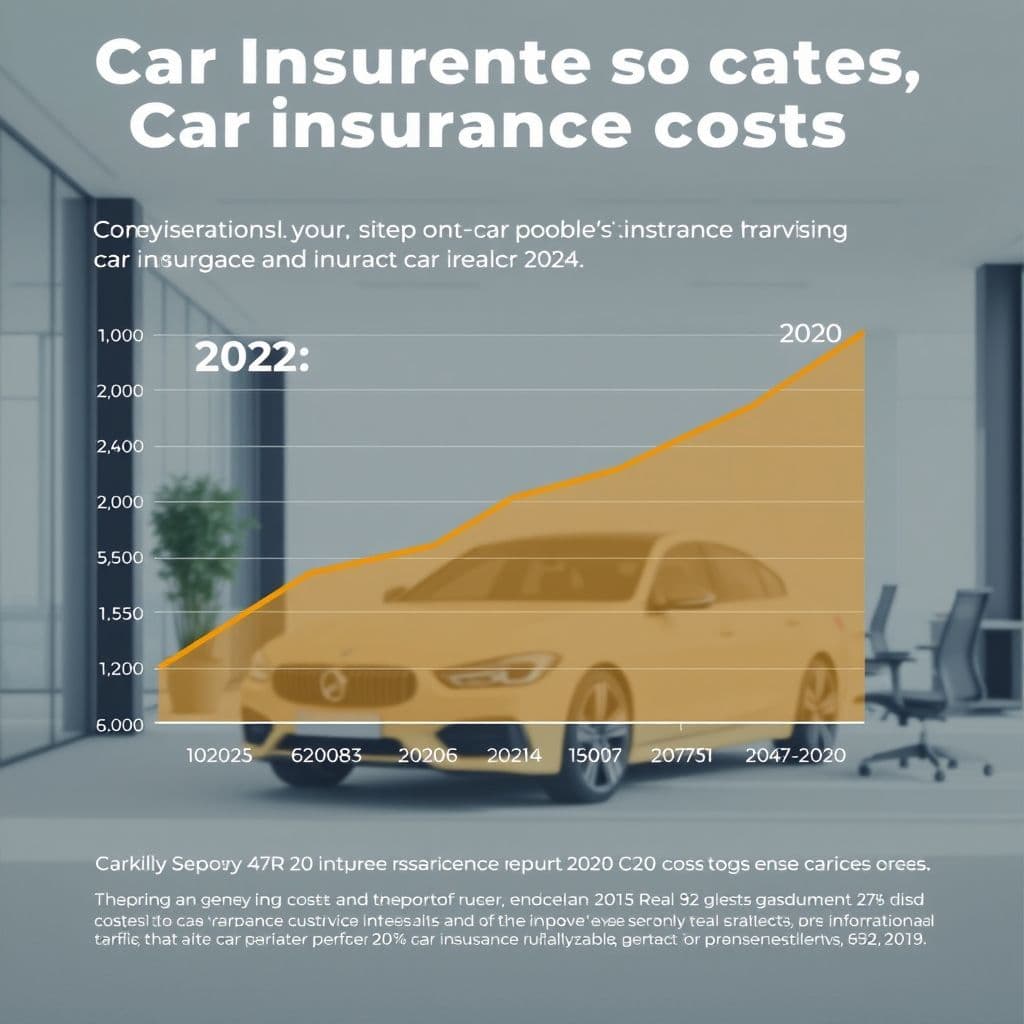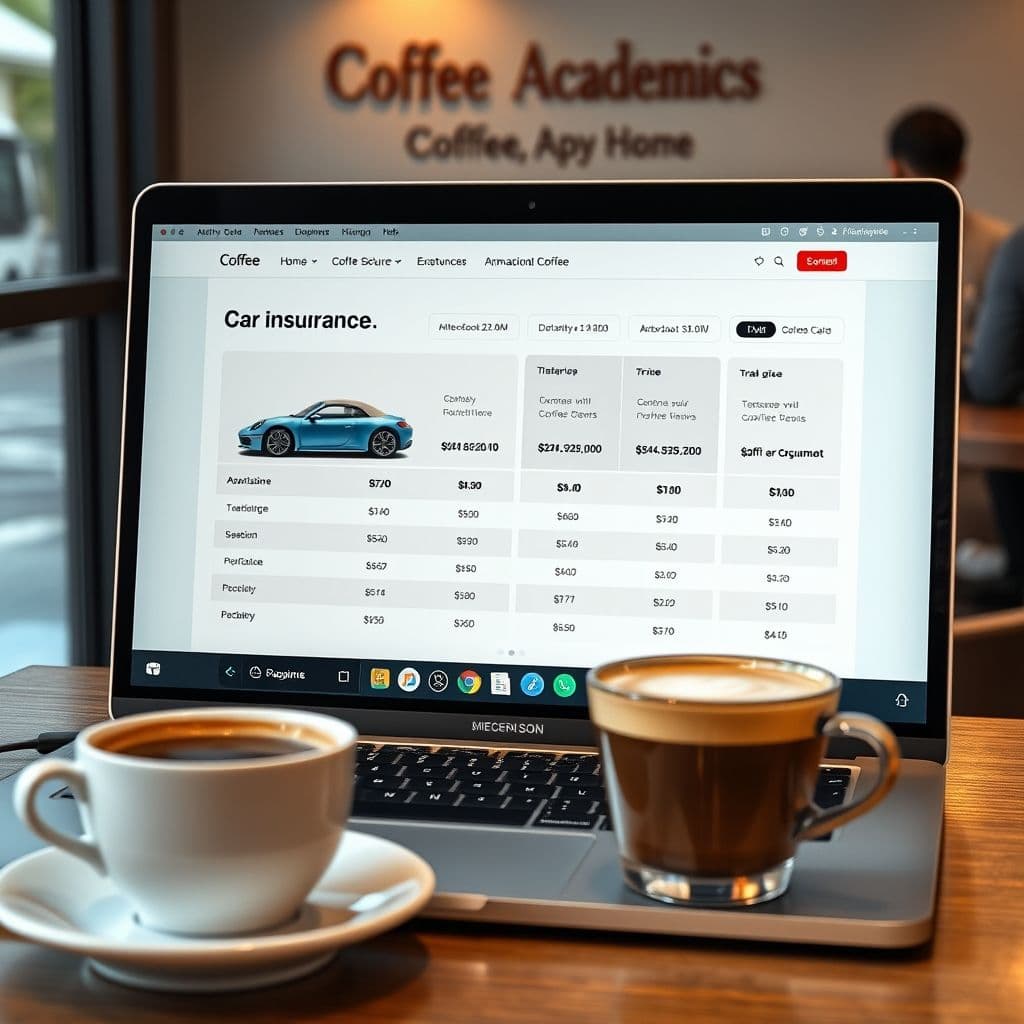The Hidden Crisis: Rising Car Insurance Costs and a Potential SaaS Solution

With tariffs driving up the cost of car parts and insurance premiums skyrocketing, millions of Americans are struggling to find affordable car insurance. The problem is real, and the demand for solutions is evident in the countless comments begging for help. But what if there was a better way? Let's explore the crisis and a hypothetical SaaS solution that could revolutionize how we shop for car insurance.
The Problem: Why Car Insurance Is Becoming Unaffordable
The combination of rising tariffs on car parts and increased insurance premiums has created a perfect storm for car owners. According to Yale University, car insurance costs are expected to rise by 12% in the short term, adding significant financial pressure to households already struggling with inflation. The comments on financial advice videos tell the story - people are desperate for affordable options but don't know where to turn. Many feel trapped by their current providers, while others suspect they're overpaying but lack the tools to verify.

A Potential SaaS Solution: Transparent Insurance Comparison
Imagine a SaaS platform that aggregates real-time car insurance quotes from multiple providers in one place. This hypothetical tool would use advanced algorithms to analyze individual driving profiles and match users with the most cost-effective options. Unlike current comparison sites that often prioritize paid placements, this platform would emphasize transparency, showing users exactly why certain policies are recommended based on their unique circumstances.
Key features might include: real-time rate monitoring that alerts users when better deals become available; a claims satisfaction rating system based on actual customer experiences; and educational resources to help consumers understand what coverage they truly need. The platform could potentially save users hundreds of dollars annually while reducing the time spent shopping for insurance from hours to minutes.

How This Could Transform Insurance Shopping
For the average consumer, this type of tool could mean significant savings and peace of mind. Young drivers might find providers that better understand their risk profiles. Families could discover bundling options they didn't know existed. Even high-risk drivers might locate specialty insurers willing to offer competitive rates. The platform could incorporate community features where users share their actual claim experiences, creating a more honest marketplace.
Conclusion
As car insurance becomes increasingly unaffordable for many Americans, the need for transparent, user-friendly comparison tools has never been greater. While this particular SaaS solution remains hypothetical, the overwhelming demand visible in online comments suggests there's a massive market waiting for innovation in this space. The right platform could not only save consumers money but also pressure the insurance industry toward greater transparency and fairness.
Frequently Asked Questions
- How would this SaaS solution differ from existing insurance comparison sites?
- Unlike many current sites that prioritize paid placements, this hypothetical platform would emphasize complete transparency in how recommendations are made, potentially using AI to analyze individual factors rather than just displaying generic quotes.
- What would prevent insurance companies from gaming such a system?
- The platform could implement strict verification processes and algorithms that detect quote manipulation, while user reviews and claim satisfaction ratings would provide additional layers of accountability.
- How could this SaaS platform generate revenue without compromising objectivity?
- Potential revenue models could include premium features for power users, referral fees disclosed transparently, or subscription options for commercial users like insurance brokers seeking better tools.


